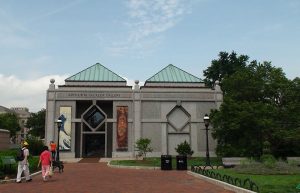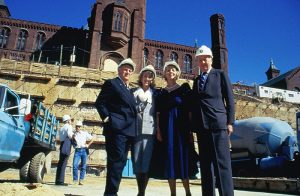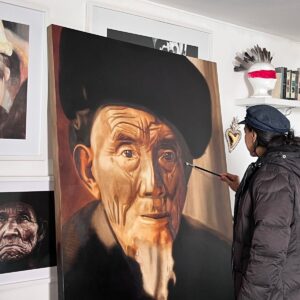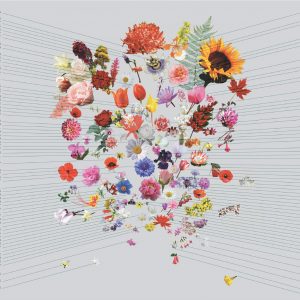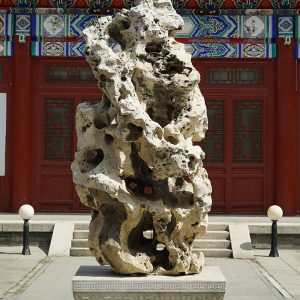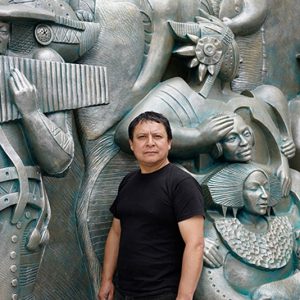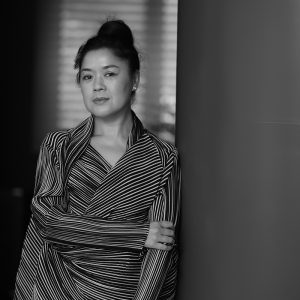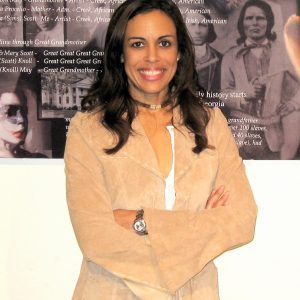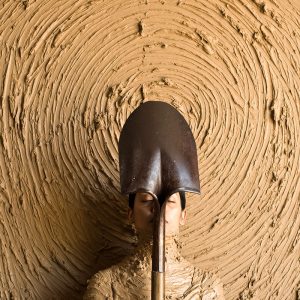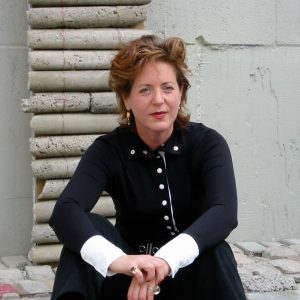The Smithsonian Institution is the national cultural center of the United States. By 1980, the Smithsonian consisted of nine museums, several scientific laboratories, the zoo, and the planetarium (in conjunction with Harvard).
Sackler collected American, European, Pre-Columbian, Ancient Near Eastern and Asian art, including the largest private collection of Chinese art in the west. The Secretary of the Smithsonian, Dillon Ripley, approached Sackler in 1979 asking for objects for the new national museum of Asian art. When Sackler agreed to give the choice of almost 1,000 objects, it was agreed to name the new museum for him. The Arthur M. Sackler Gallery opened on September 27, 1987.
A new museum of Asian Art was needed because although the Freer Gallery of Art contained magnificent Asian art, Freers’ bequest specified nothing could be lent or borrowed. Consequently the Freer could not operate as a modern museum. The new museum would be located next to the Freer and connected by underground galleries. Both the Arthur M. Sackler Gallery and its twin, the National Museum of African Art, would be mostly underground, so as not to overshadow the Smithsonian Castle. This was the first large underground museum project on in the world. The architects, Jean Paul Carlhian of Shepley, Bullfinch, Richard and Abbott, called in Dutch engineers to “float” the foundations due to the high water table in Washington, DC
- Arthur M. Sackler Gallery, Smithsonian Institution, Washington, DC
- Dr. Arthur M. Sackler, Jillian Sackler, Mary Ripley and Dillon Ripley – Arthur M. Sackler Gallery, Smithsonian Institution
Collection
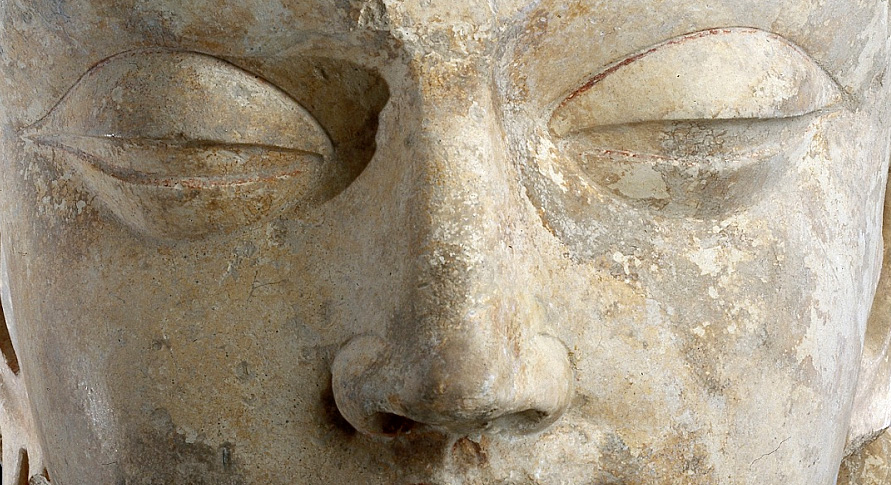
Head of Bodhisattva, 3rd-5th century.
53 x 36.8 x 33.6 cm
Gift of Arthur M. Sackler
Arthur M. Sackler Gallery, Washington, DC
Exhibitions
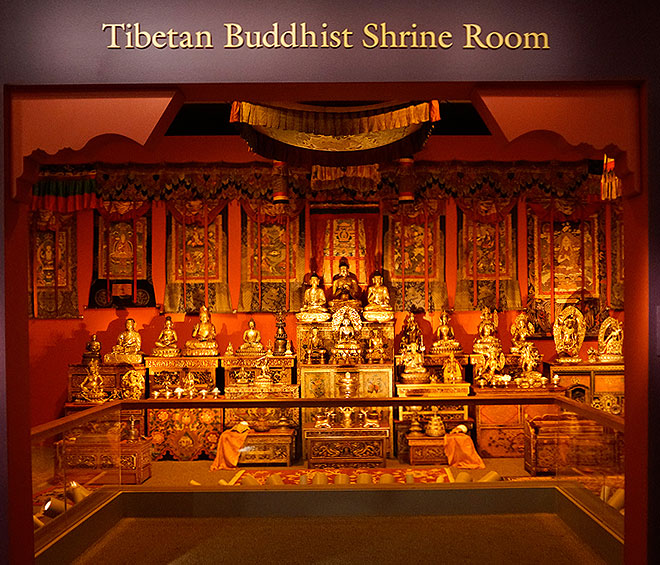
Alice Kandell Tibetan Buddhist Shrine Room
Arthur M. Sackler Gallery, Washington, DC
Visiting Hours
Location
1050 Independence Ave., SW Washington, DC Metro Station
Metro Station
Smithsonian (Mall or Independence Ave. exit )
Information
202-633-1000 (voice/tape)
info@si.edu
Free Admission
Hours 10 a.m.–5:30 p.m. daily
Closed December 25
